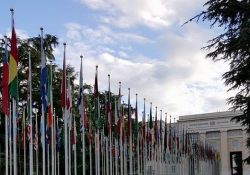2015 Oct 16 version: RCEP draft text for investment chapter
(More KEI RCEP leaks here: /rcep)
Attached below is the October 16, 2015 version of the investment chapter for the proposed Regional Comprehensive Economic Partnership, known as RCEP. This text is made public for the first time by KEI.

